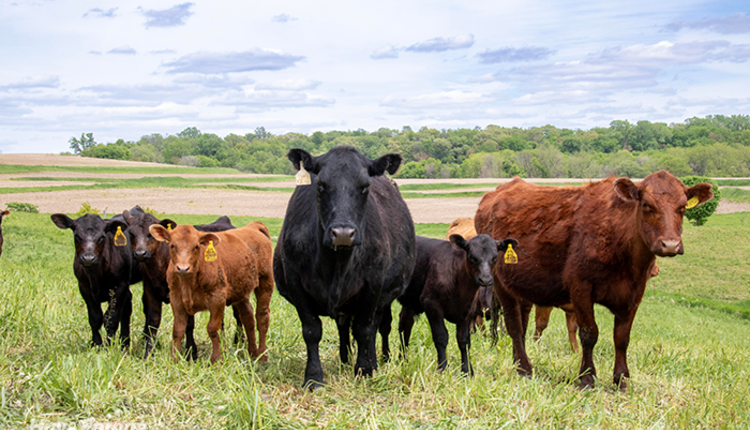
It’s always difficult to discuss weather conditions and related responses when your canvas is the continental U.S., or even just a state. As this was written last week, some areas of the country are drowning while others are burning up. There are always some areas, like the porridge of fairy tale fame, that are just right.
If you’re in an area where a year or two of drought has been squelched by consistent rainfall this year, slight deviations in normal pasture management may still be needed, according to the University of Missouri’s Carson Roberts and Valerie Tate.
Roberts, Missouri’s state extension forage specialist, and Tate, an extension agronomist, note that plants coming out of an extended drought in current and/or previous years have weakened root systems and reduced production potential. This is the result of both inadequate soil moisture and the overgrazing of plants that frequently occurs during drought conditions.
To get pastures back into a productive state, the two specialists recommend the following remedies:
Allow pastures to rest. Resting pastures lets plants invest in their roots. Restocking too quickly after drought can put more pressure on the pastures before they have adequately recovered. Haying or mowing weakened swards can also keep plants from investing in their root systems.
Manage fertility. Weakened root systems are less capable of accessing nutrients. Good fertility speeds up recovery, so consider collecting soil samples for analysis. Give priority to amending soil pH followed by phosphorus and potassium. Good infiltration is important to maintain highly productive pastures. The amount of precipitation is far less important than the amount of rainfall captured by the soil.
Reduce compaction. Compacted soils have poor infiltration and water-storing abilities. Wet or moist soils are most susceptible to compaction. Avoid driving trucks, heavy equipment, and tractors across pastures, especially when soils are moist.
Develop a litter bank on the soil surface. Litter provides a host of benefits, including reduced splash erosion, enhanced soil aggregation, and lower soil surface temperatures.
Roberts and Tate note that splash erosion happens when raindrops impact the soil, causing movement of soil particles. These dislocated particles clog soil pores and micropores, reducing the amount of water that can infiltrate. A good thatch protects the soil from raindrop impact.
Well-developed soil aggregates can easily absorb and store water. Thatch on the soil surface improves soil aggregation by reducing erosion, builds organic matter, and enhances soil life. Overheated soils from direct sunlight can develop hydrophobic properties, inhibiting water infiltration. A surface litter bank can protect the soil from overheating.
“A good thatch layer can be established by allowing pastures to rest and by ‘wasting’ some grass,” Roberts asserts. “This can be difficult, but remember that a deposit to the litter bank is an investment that will pay dividends in the future.”
Poor infiltration and weak roots combine to create a compounding effect on the productivity of a pasture between rains. Improving both is important to future productivity, regardless of the amount of rainfall. “It’s not about how much rain you get; it’s about how much rain you can keep and access,” says Roberts.

